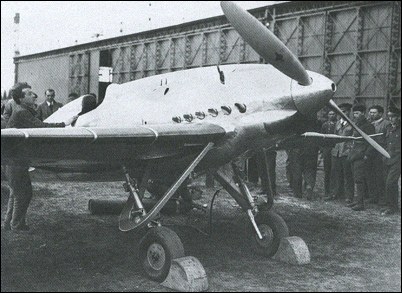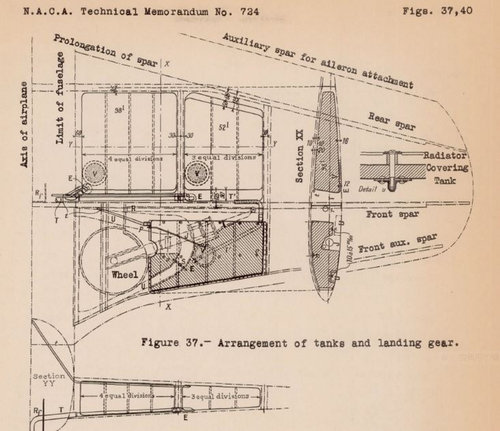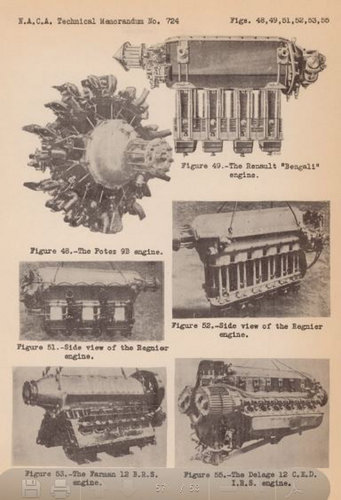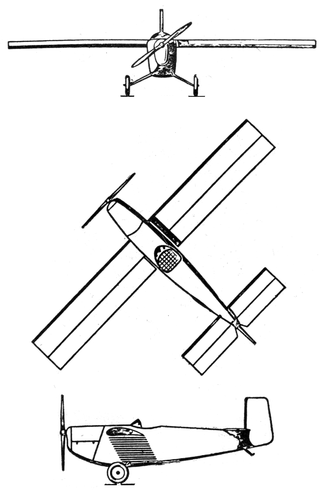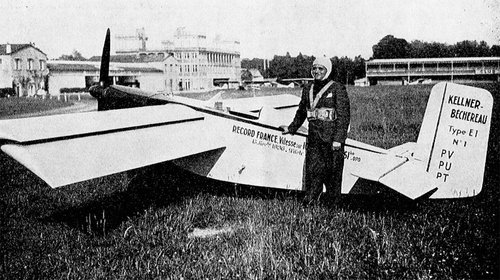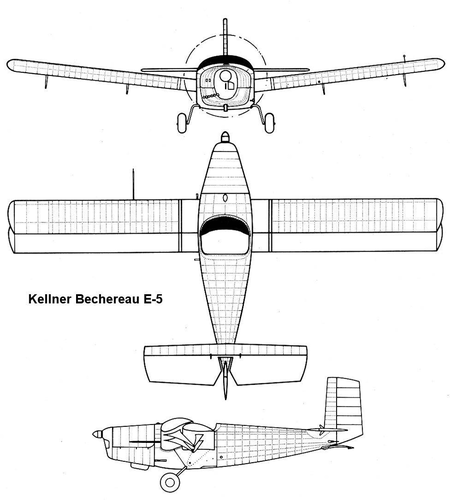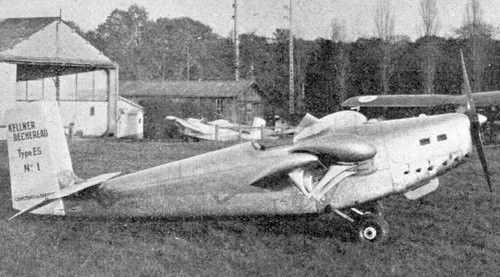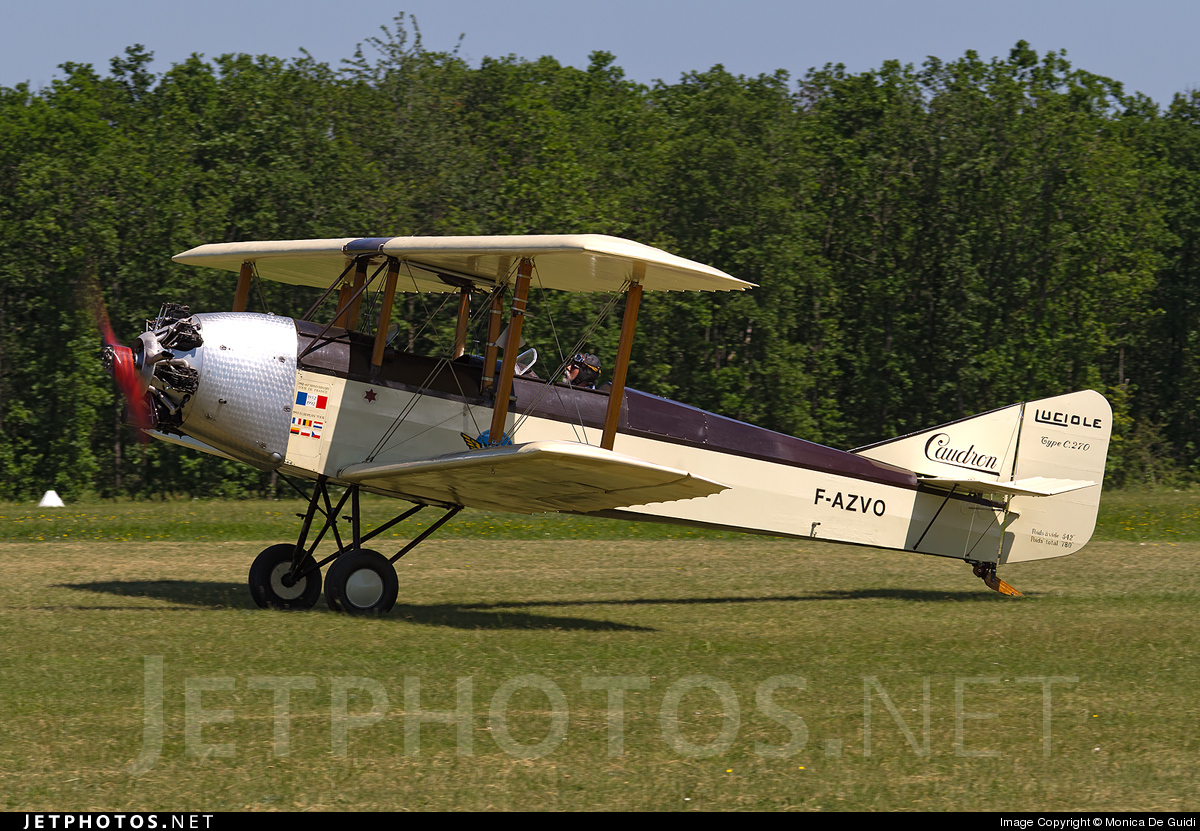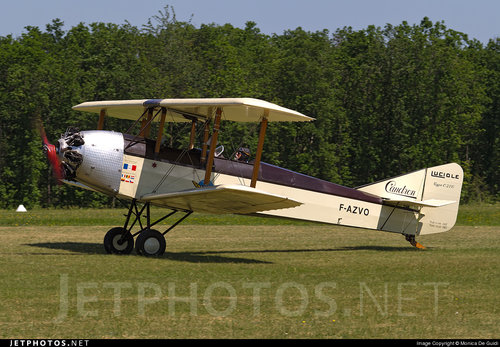blackkite
Don't laugh, don't cry, don't even curse, but.....
- Joined
- 31 May 2007
- Messages
- 8,297
- Reaction score
- 5,904
Hi! Kellner-Bechereau 28V.D.
Kellner-Bechereau 28 V.D. (or Kellner-Bechereau KB-28) is a racing aircraft designed to compete in the popular French Cup Deutsch de la Meurthe. The racers with a volume of no more than 8 litres flew on a 1000km route and passed it twice with an intermediate landing of 90 minutes. Who won - that well done and the owner of four million francs.
The fast-paced aircraft made its maiden flight on May 12, 1933, and the last, during the qualifying competitions - On May 14, 1933.
The oil system on Kellner-Bechereau 28 V.D. was very cleverly arranged - the oil tank and radiator were one device. In this case, the oil tank in outlines coincides with the hood of the engine and makes up part of it.
The Delage 12CEDirs engine cooling system is also a steam vaporizer for a reason. The steam cooling radiators were located in the wing. The pair of these radiators, which was blinded by the pilot Maurice Vernhol, caused the plane to land roughly and then destroy it.
The Retinwin with the ratier's modiving braked the engine too much, and on the day of the accident the pitch was reduced by about five divisions. The pilot abruptly opened the throttle, and the number of revs increased sharply to 4,400 rpm instead of 4,000 rpm. Perhaps the excess power caused the rupture of some connections or blockage of the pipe.
The pilot suffered only minor injuries during the accident, but the plane did not recover. The aircraft has been the subject of rigorous research in the wind tunnel, and its unusual appearance in the plan is undoubtedly very suitable for high-speed flights. Without any changes, this aircraft could get a 650-horsepower engine for which it was actually designed.
Two combat fighter projects were carried out on the basis of racing 28KB. First for the famous competition 1930C1: KB-29 with aircraft engine Delage 12 Gvis with a capacity of 450hp Competition as famously won by Dewoitine D.500. And the second for the equally famous 1934 C.1 - KB-30 with the engine Hispano-Suiza 12 in 500hp. The winner of this requirement was Morane-Saulnier MS-405.





Kellner-Bechereau 28 V.D. (or Kellner-Bechereau KB-28) is a racing aircraft designed to compete in the popular French Cup Deutsch de la Meurthe. The racers with a volume of no more than 8 litres flew on a 1000km route and passed it twice with an intermediate landing of 90 minutes. Who won - that well done and the owner of four million francs.
The fast-paced aircraft made its maiden flight on May 12, 1933, and the last, during the qualifying competitions - On May 14, 1933.
The oil system on Kellner-Bechereau 28 V.D. was very cleverly arranged - the oil tank and radiator were one device. In this case, the oil tank in outlines coincides with the hood of the engine and makes up part of it.
The Delage 12CEDirs engine cooling system is also a steam vaporizer for a reason. The steam cooling radiators were located in the wing. The pair of these radiators, which was blinded by the pilot Maurice Vernhol, caused the plane to land roughly and then destroy it.
The Retinwin with the ratier's modiving braked the engine too much, and on the day of the accident the pitch was reduced by about five divisions. The pilot abruptly opened the throttle, and the number of revs increased sharply to 4,400 rpm instead of 4,000 rpm. Perhaps the excess power caused the rupture of some connections or blockage of the pipe.
The pilot suffered only minor injuries during the accident, but the plane did not recover. The aircraft has been the subject of rigorous research in the wind tunnel, and its unusual appearance in the plan is undoubtedly very suitable for high-speed flights. Without any changes, this aircraft could get a 650-horsepower engine for which it was actually designed.
Two combat fighter projects were carried out on the basis of racing 28KB. First for the famous competition 1930C1: KB-29 with aircraft engine Delage 12 Gvis with a capacity of 450hp Competition as famously won by Dewoitine D.500. And the second for the equally famous 1934 C.1 - KB-30 with the engine Hispano-Suiza 12 in 500hp. The winner of this requirement was Morane-Saulnier MS-405.
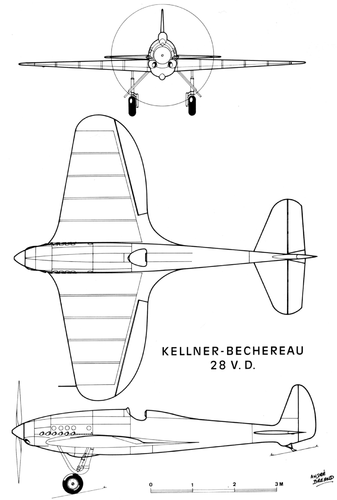
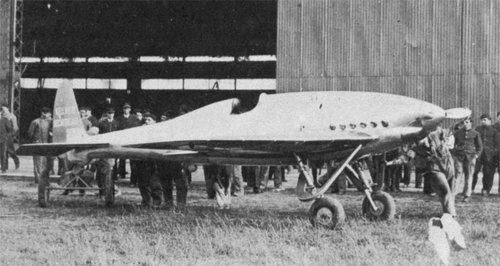
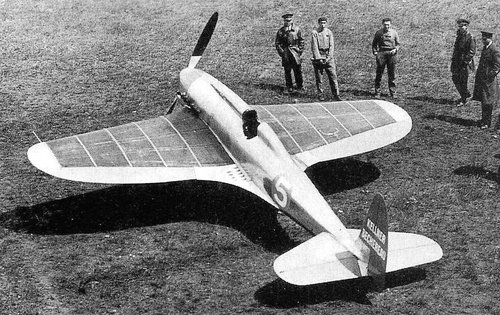
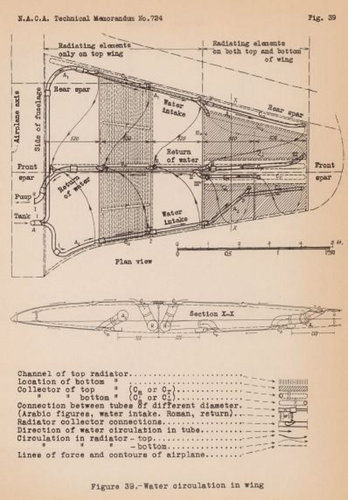
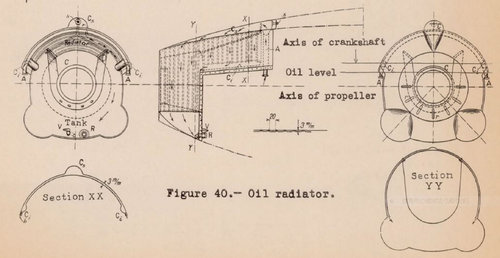
Last edited:

